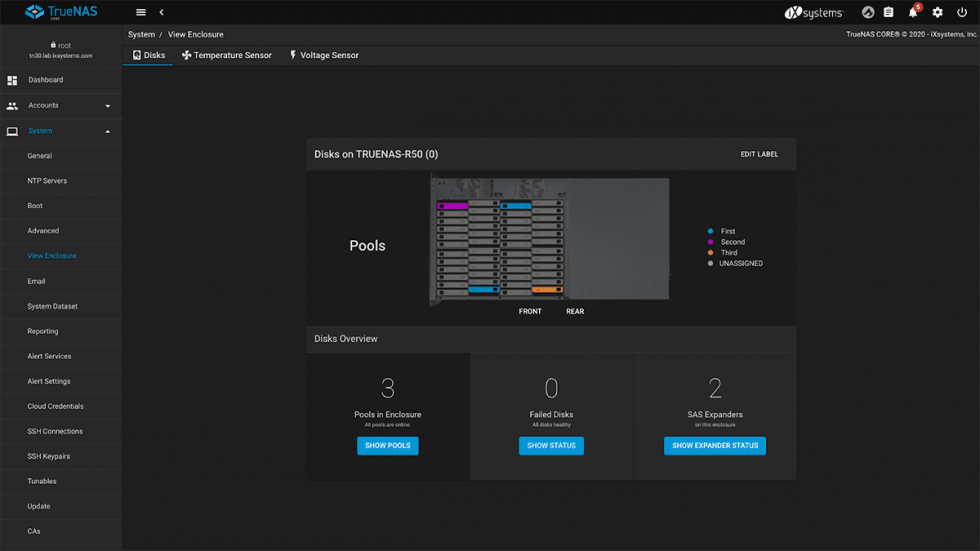

With a 300GB L2ARC, we will give up 3-6GB of ARC. A general rule of thumb is that 1-2GB of ARC will be used for every 100GB of L2ARC. A portion of the ARC will be used to index and manage the content located in the L2ARC. It is also important to remember that the L2ARC will require some memory to operate. The MLC SSD drives used as cache drives are used to improve read performance. Solaris ZFS Best Practices For Log Devices The SLC SSD drives used for ZIL drives dramatically improve the performance of write actions. This is still not as fast as a RAM based write cache on a RAID card, but it is much better than not having anything. By adding the ZIL drives you significantly increase write speeds. Not having ZIL drives severely slows down write access. ZIL stands for "ZFS Intent Log", and acts as an intermediary for write caching. The cache drives are just a cheap alternative to RAM for caching frequently access content.Īnother thing to remember is you still need to use SLC SSD drives for the ZIL drives. When you add cache drives, you cannot set them up as mirrored, but there is no need to since the content is already mirrored on the hard drives. Between our ARC of 11GB and our L2ARC of 320GB, our ZFS solution can cache over 300GB of the most frequently accessed data! This hybrid solution offers considerably better performance for read requests because it reduces the number of accesses to the large, slow hard drives. In our ZFS project, we added a pair of 160GB Intel X25-M MLC SSD drives for a total of 320GB of L2ARC.

This means the hard drives receive far fewer requests, which is awesome given the fact that the hard drives are easily the slowest devices in the overall storage solution. Hard drives are only accessed when data does not exist in either the ARC or L2ARC. If the data is not in the ARC, ZFS will attempt to serve the requests from the L2ARC. When read requests come into the system, ZFS will attempt to serve those requests from the ARC. When cache drives are present in the ZFS pool, the cache drives will cache frequently accessed data that did not fit in ARC. Compared to system memory, MLC SSD drives are actually very inexpensive. Most people compare the price of SSD drives with the price of hard drives, and this makes SSD drives seem expensive. More importantly, the SSD drives are much cheaper than system memory. These SSD drives are slower than system memory, but still much faster than hard drives. These cache drives are physically MLC style SSD drives. The L2ARC is often called “cache drives” in the ZFS systems. The L2ARC is the second level adaptive replacement cache. At some point adding more memory becomes cost prohibitive, which is where the L2ARC becomes important.
#Openzfs l2arc install#
This creates a noticeable performance boost for data that is accessed frequently.Īs a general rule, you want to install as much RAM into the server as you can to make the ARC as big as possible. Any read requests for data in the cache can be served directly from the ARC memory cache instead of hitting the much slower hard drives. The amount of ARC available in a server is usually all of the memory except for 1GB.įor example, our ZFS server with 12GB of RAM has 11GB dedicated to ARC, which means our ZFS server will be able to cache 11GB of the most accessed data. ARC is a very fast block level cache located in the server’s memory (RAM). ARC stands for adaptive replacement cache. ZFS includes two exciting features that dramatically improve the performance of read operations.


 0 kommentar(er)
0 kommentar(er)
